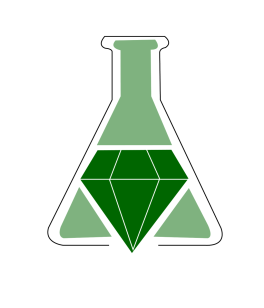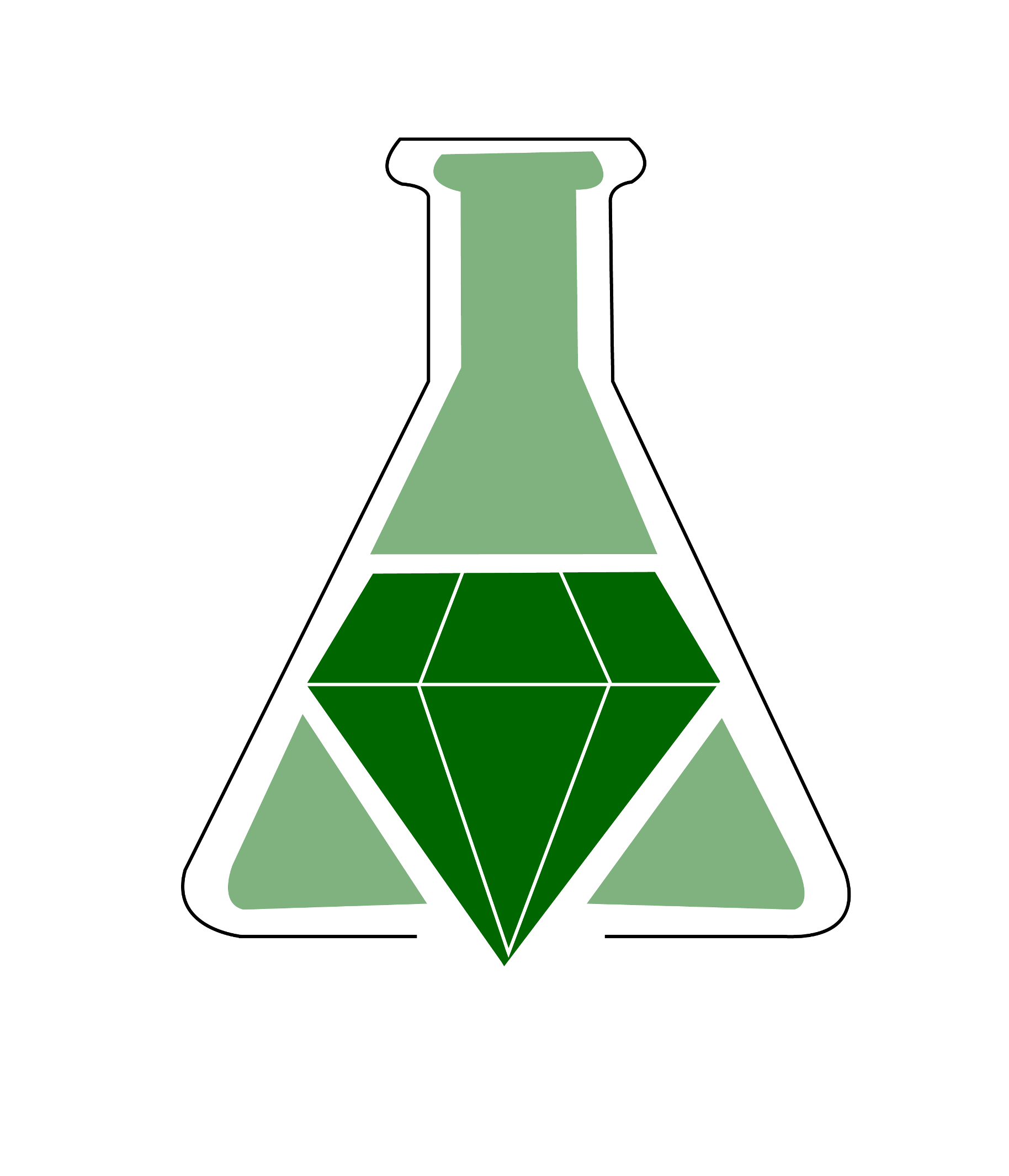A Greener Approach for Measuring Colligative Properties

Summary
This experiment teaches students the concept of colligative properties using renewable, benign, and biodegradable materials. Rather than using conventional solvents with high cryoscopic constants (which are oftentimes aromatics), fatty acids are used to explore freezing-point depression. By monitoring the change in freezing points of solutions with varying solute concentrations, students will be able to determine the molecular weight of the unknown solute.
The green aspects of this lab could be further highlighted by a student-generated comparison with a more conventional colligative property experiment.
Supplemental material includes instructor notes, a pre-lab quiz, experimental procedures, a calculations sheet, and a sample lab report.
Summary prepared for the original January 2009 by Douglas M. Young at the University of Oregon.
A Greener Approach for Measuring Colligative Properties
Sean M. McCarthy and Scott W. Gordon-Wylie
Journal of Chemical Education 2005 82 (1), 116
DOI: 10.1021/ed082p116
The green aspects of this lab could be further highlighted by a student-generated comparison with a more conventional colligative property experiment.
Supplemental material includes instructor notes, a pre-lab quiz, experimental procedures, a calculations sheet, and a sample lab report.
Summary prepared for the original January 2009 by Douglas M. Young at the University of Oregon.
A Greener Approach for Measuring Colligative Properties
Sean M. McCarthy and Scott W. Gordon-Wylie
Journal of Chemical Education 2005 82 (1), 116
DOI: 10.1021/ed082p116
Safety Precautions, Hazards, and Risk Assessment
See published journal article
Link to external
